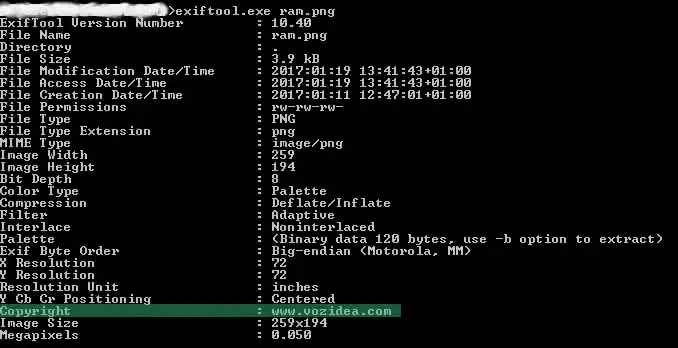

To use exiftool, I first copy all the photos/video I want to process in a directory called exifworking/00queue then to covert the format I use the following commands:

He first written it as a perl script, but now is wrapped in a Windows and Mac executable. # exiftool written by Phil Harvey is great to do what I want by taking the files embedded metadata and converting them to filenames.

It has been a while since I’ve organized all the videos and photos our family has taken using various devices. I would usually do this all in linux, but since most of my family uses the one windows 10 machine in the house, I do this conversion on the windows 10 box. Here I’ll show you how I convert personal media files to be organized in my collection. I can get batches done much faster using the command line interface. If you are as comfortable as me working with command line interfaces, you would rather have tools that work well with or without a GUI.


 0 kommentar(er)
0 kommentar(er)
